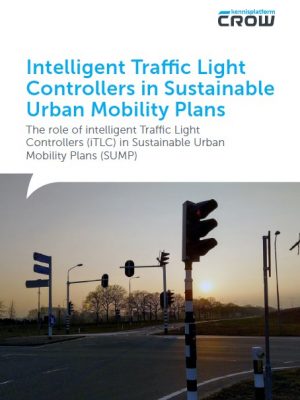Behaviour of cyclists and pedestrians near right angled, sloped and levelled kerb types
Free download
To create a safer environment for bicyclists and pedestrians, the usefulness of different types of kerbs as a separation between these two modes has been questioned by both researchers and practitioners. Right angled kerbs pose risks to cyclists due to their height but are assumed to separate them well from pedestrians. Sloped and levelled kerb types are more forgiving but allow road traffic users to move onto each other’s infrastructure, creating a potential risk of collision. We examined the effects of different types of kerbs on cyclists’ and pedestrians’ behaviour. This is operationalized as a road user moving onto another traffic user’s infrastructure (i.e. crossing the kerb). A total of 14,502 bicyclists and 3,578 pedestrians at 12 different locations in Amsterdam were observed. We also examined the motives for crossing the kerb, and some smaller studies were carried out on corners and intersections and in some other Dutch cities for making comparisons.
The results show that cyclists moving on the sidewalk is a relatively rare event for all kerb types and no conflicts between cyclists and pedestrians were observed. We therefore consider it unlikely that the risks of the height difference weigh up against the advantages in terms of separating cyclists and pedestrians. Thus, in the ambition of separating bicyclists from pedestrians as well as designing a ‘forgiving’ kerb to accept that people make mistakes, both the sloped and levelled kerb types come out as best practice.
Author(s): Bas Janssen, Paul Schepers, Haneen Farah, Marjan Hagenzieker
Publisher: Uitgever:European Journal of Transport and Infrastructure Research (EJTIR)
Publication Date: 23-09-2018





